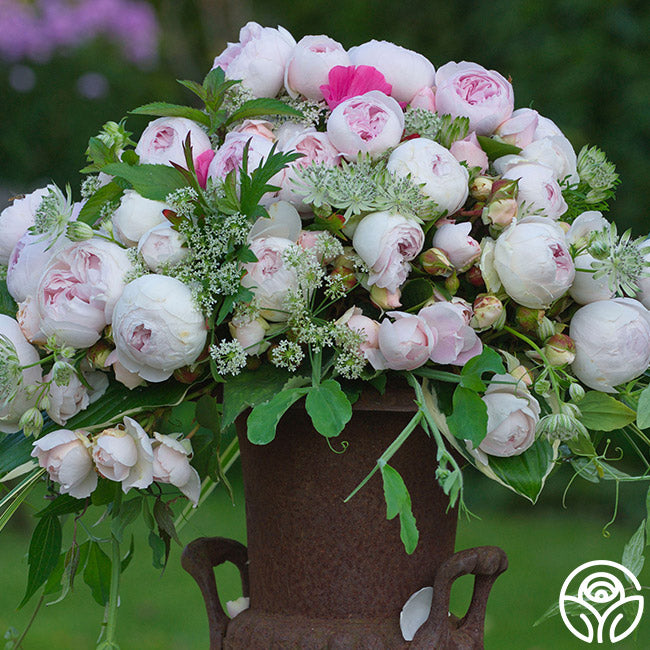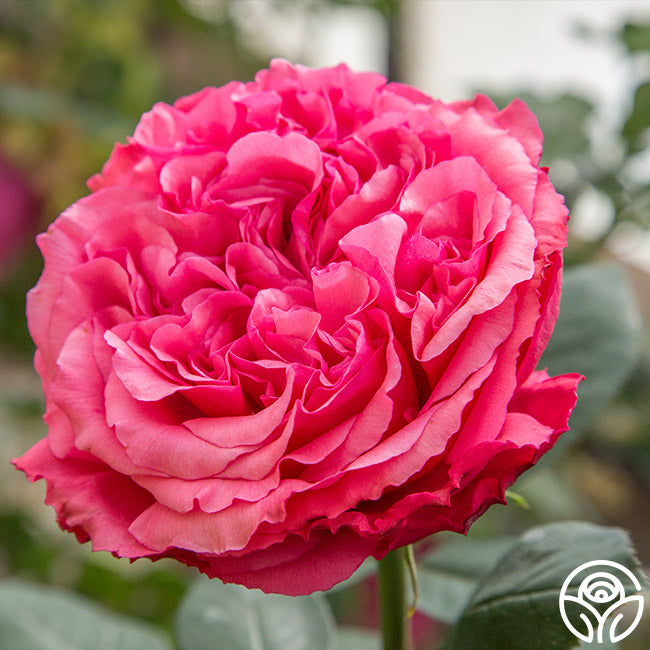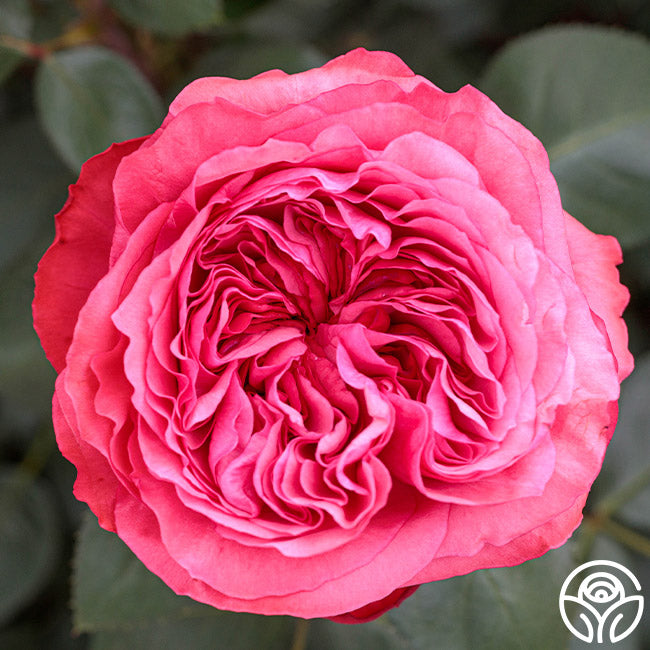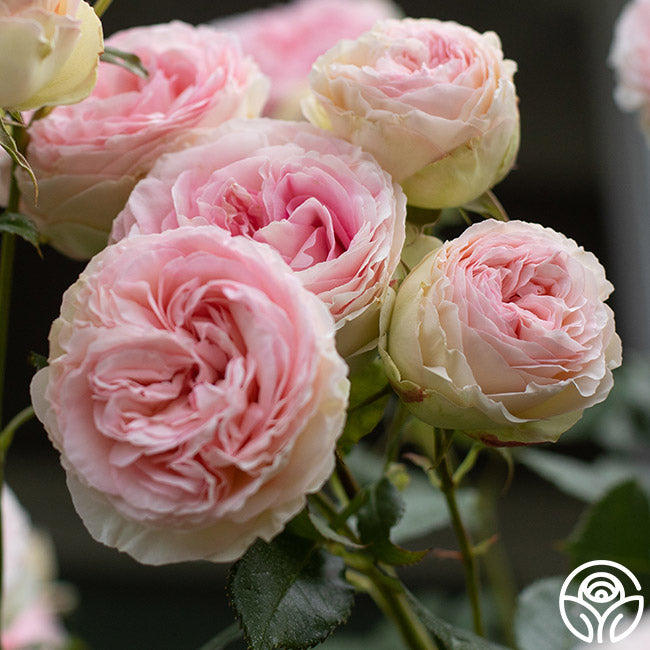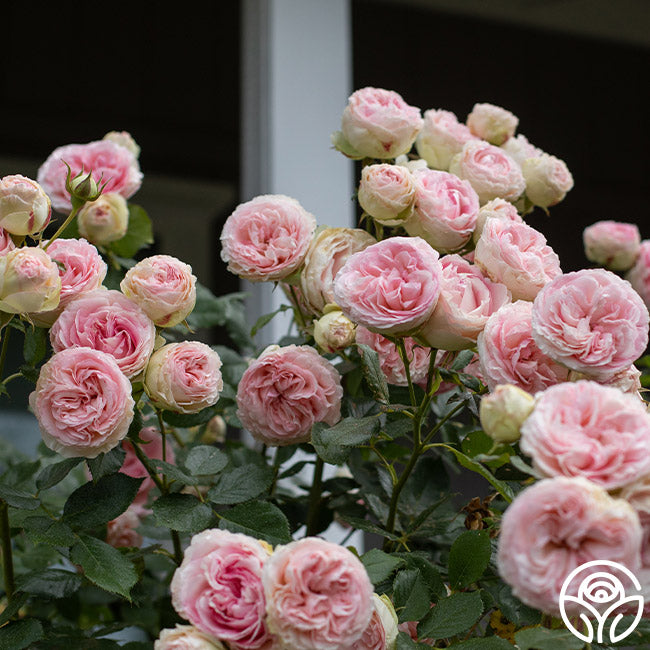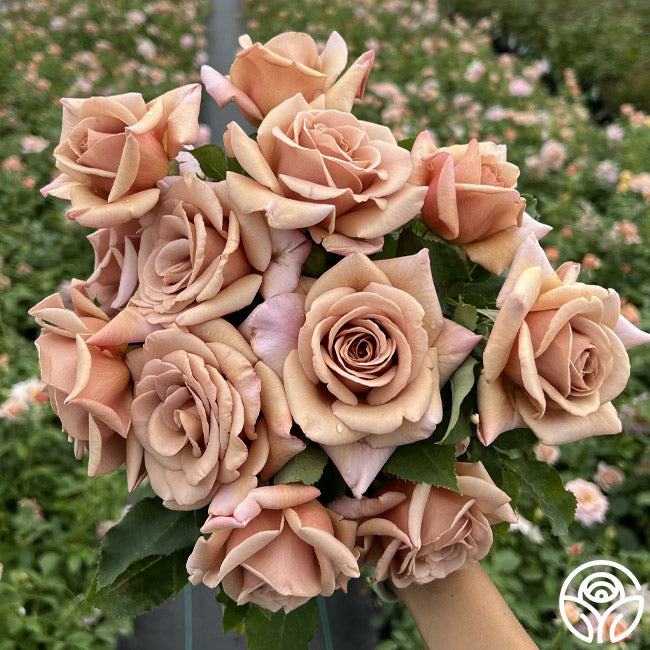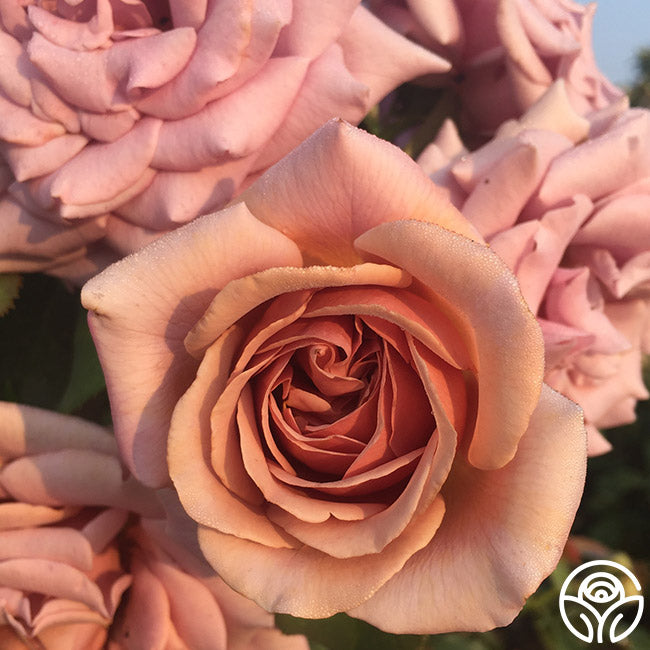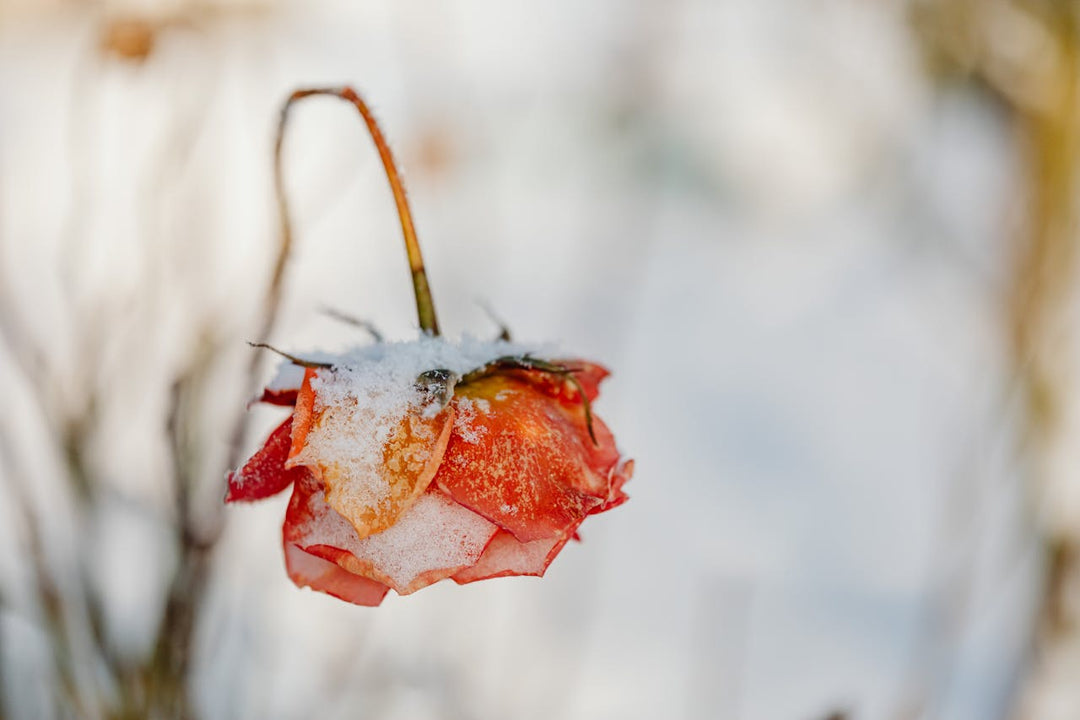Prune Roses That Climb
Pruning climbing roses is essential for promoting vigorous growth and abundant blooms. Proper pruning enhances the plant's structure, encourages healthy flowering, and maintains its desired shape. Utilizing high-quality pruning tools ensures clean cuts and reduces the risk of disease.

Understanding Climbing Roses
Climbing roses are characterized by their long, arching canes that can be trained to grow on structures like trellises, fences, or walls. Unlike rambling roses, which typically bloom once a year, many climbing roses offer repeat flowering throughout the growing season. Regular pruning is vital to manage their growth and maximize flowering potential.
PRUNE
P - PREPARE THE PLANT
- Cut the plant back to about waist height so you can work safely
R - REMOVE ALL BROKEN, DEAD, DYING, OR DISEASED WOOD
- Branches that look dry, shriveled or black should be removed as they will no longer produce new growth. The healthy canes will be brown or green and firm.
- Remove canes that are crossing or rubbing, as they will create weak spots.
U - UNDERSTAND THE PLANT
- Know what type of rose bush you are pruning, and how you want the bush to look as it grows out.
- Shape the plant with this future growth in mind.
- Make final cuts at a 45-degree angle and about ¼ inch above outward-facing bud eyes.
N - NOTHING LEFT BEHIND
- Clean up all cuttings, dead leaves, and other debris from around the plant. Do not compost as it could spread pathogens.
- Leaving the area as clean as possible will minimize the growth of diseases.
E - ENJOY YOUR ROSES
- That’s it! Enjoy your hard work!
- If you want to enjoy some cut roses, cut the stem right above the first five-leaflet leaf under the flower and immediately place the cut stem into a clean bucket of lukewarm water.
Optimal Timing for Pruning
The ideal time to prune climbing roses is during late winter, between December and February, when the plant is dormant. This period allows for easier visibility of the plant's structure and minimizes stress, leading to robust growth in spring. In regions with harsh winters, consider pruning in early spring to protect the plant from potential frost damage.
Essential Tools for Pruning
Using the right tools is crucial for effective pruning. High-quality pruners ensure precise cuts, promoting faster healing and reducing disease risk. Here are some recommended pruning tools:
1. Bahco Superlight Orchard Lopper 24"
- Precision Bypass Cutting – Provides clean, smooth cuts to promote fast healing and healthy plant growth.
- Lightweight, Ergonomic Design – Forged aluminum handles offer durability while remaining comfortable for long pruning sessions.
- Hardened Steel Blades – Razor-sharp, high-quality steel blades ensure effortless pruning with long-lasting performance.
- Replaceable Parts – Extend the life of your tool with easily interchangeable components, ensuring years of reliable use.
- Best For: General rose pruning, shaping climbing roses, and making precise, clean cuts to larger, mature rose bushes.
2. Vesco A1 Pruners
- Swiss-Made Precision – Built for longevity and professional pruning results.
- Bypass Cutting Action – Ensures smooth, clean cuts that promote fast healing and healthy plant growth.
- Forged Aluminum Handles – Lightweight, ergonomic, and designed for comfort.
- Replaceable Parts – Extend the lifespan of your tool with easily interchangeable components.
- Best For: General rose pruning, shaping climbing roses, and making precision cuts on less mature rose bushes.
3. Felco 11 Bypass Improved Classic Pruning Shear
- Swiss-Designed Precision Cutting – Delivers clean, smooth bypass cuts, perfect for delicate pruning and shaping climbing roses.
- Durable, Lightweight Forged Aluminum Handles – Crafted for comfort and control, making this an excellent all-purpose pruner for everyday rose maintenance.
- Hardened Steel Blades – Built to stay sharp, ensuring clean cuts that heal quickly and minimize plant stress.
- Best For: Everyday rose pruning, deadheading, and shaping, especially for younger, actively growing climbing roses that need light, precise cuts.
Step-by-Step Guide to Pruning Climbing Roses
-
Preparation: Ensure your pruning tools are sharp and clean to make precise cuts and prevent disease transmission.
-
Remove Dead and Diseased Wood: Start by cutting out any dead, damaged, or diseased stems at their base to maintain plant health.
-
Select and Train Main Canes: Identify 3-5 healthy, vigorous main canes to serve as the plant's framework. Tie these canes horizontally or at a 45-degree angle to the support structure. This orientation encourages lateral shoots and more prolific flowering.
-
Prune Lateral Shoots: Trim side shoots (laterals) emerging from the main canes to 2-3 buds or approximately 6 inches in length. This practice promotes the development of strong flowering spurs.
-
Maintain the Structure: Regularly check and adjust ties to accommodate new growth, ensuring canes are securely fastened but not constricted. Remove any crossing or overcrowded stems to prevent rubbing and improve air circulation.
Additional Tips
-
Regular Maintenance: Throughout the growing season, remove spent flowers (deadheading) to encourage continuous blooming and prevent disease.
-
Protecting Cuts: Apply a suitable pruning sealer to larger cuts to protect against pests and diseases.
-
Sanitize Tools: After pruning, clean your tools with a disinfectant solution to prevent the spread of pathogens.
By adhering to these pruning practices and utilizing the recommended tools, your climbing roses will thrive, showcasing vigorous growth and abundant, beautiful blooms.
To view our climbing rose collection, visit this link.




